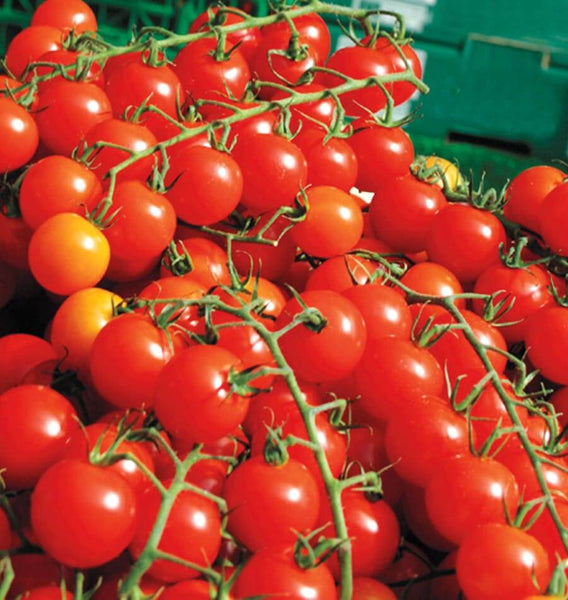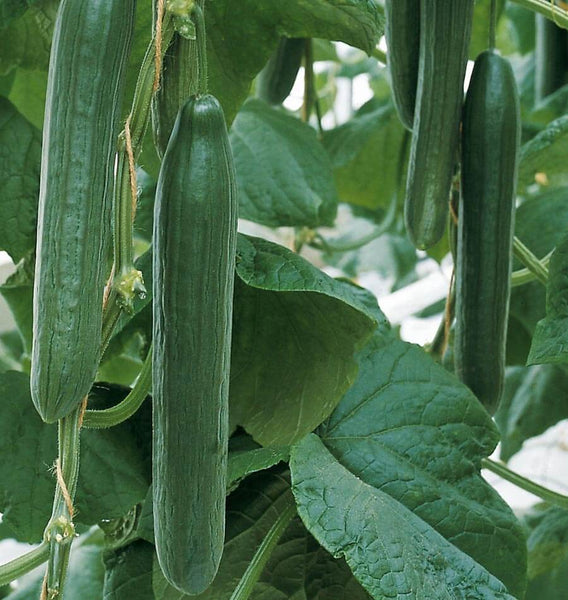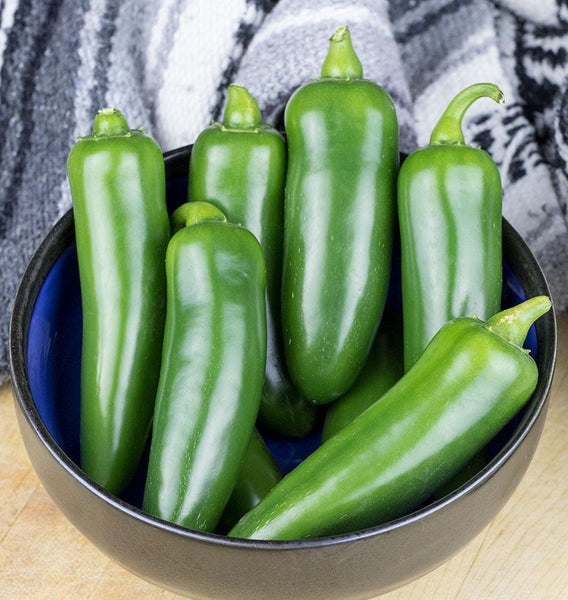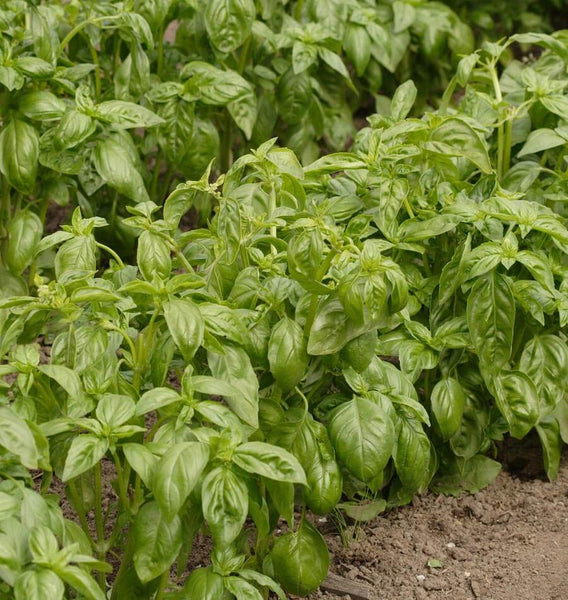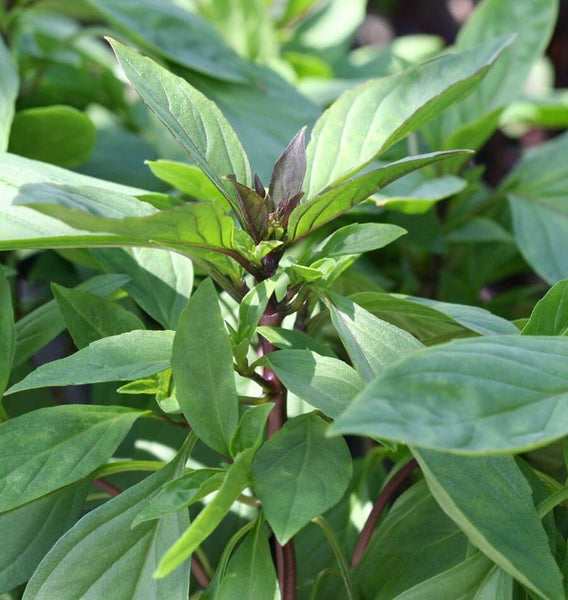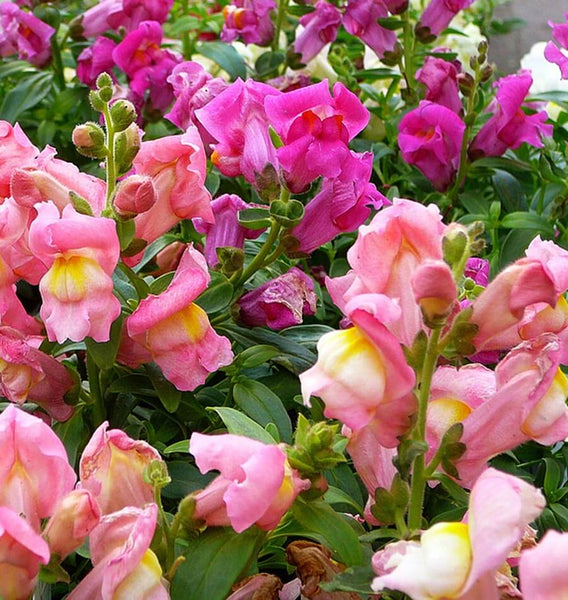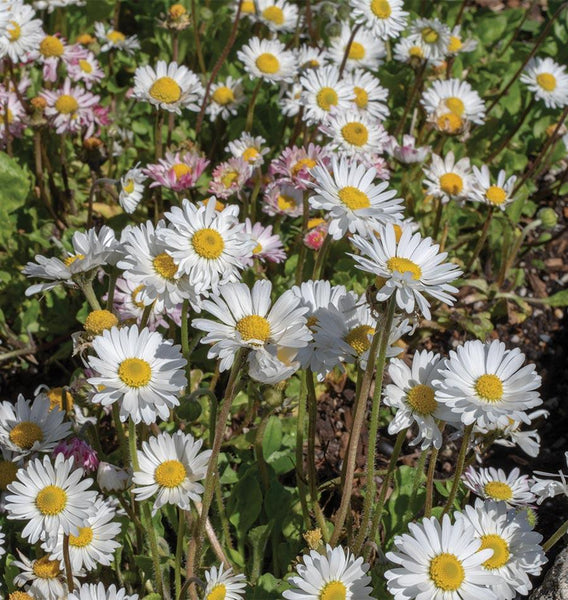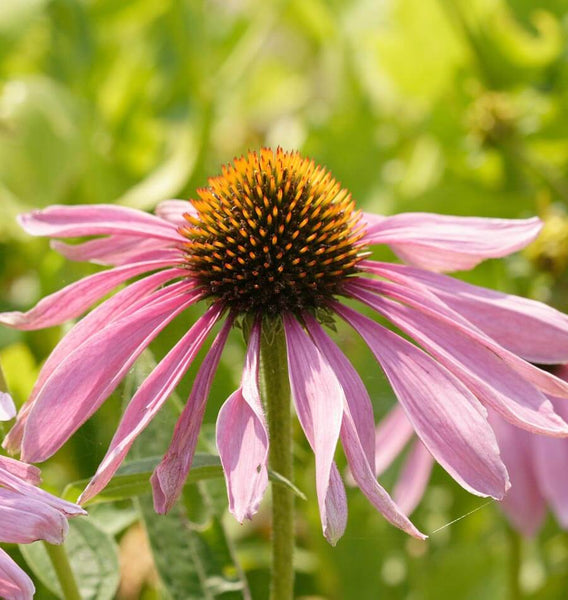About Rhubarb (Rheum x hybridum syn. R. x cultorum)
Rhubarb is a perennial member of the family Polygonaceae, so it is related to buckwheat and knotweed. This plant’s ancestry lies in the western and northwestern provinces of China and in Tibet, where it has been used medicinally for close to 5,000 years. There are many forms of wild rhubarb – all members of the genus Rheum are considered to be rhubarb of one form or another. The Royal Horticultural Association considers modern, domesticated rhubarb to be Rheum x hybridum, and this is probably a cross between the original Chinese rhubarb species R. officinale and R. palmatum.
The roots of rhubarb were used in medicine as a strong laxative, first in China, and then in medieval Arabic medicine before reaching Europe. In the Middle Ages, Chinese rhubarb had to be imported to Europe, and was more expensive than saffron and opium. In his accounts of traveling through China, Marco Polo makes several references to his desire to bring the plant back for cultivation in Europe. Russian rhubarb, which grows along the Volga River basin, was available in Europe, but less desired than the Chinese type.
It was eventually introduced to Italian gardens in 1608, and spread throughout Europe in the following decades. But it wasn’t until 1778 when the plant was recorded being used as a food crop, initially in England as a filling for pies and tarts. It was around this time when sugar became affordable to most people. Within 20 years, seeds had been exported to America, and by 1822, cut rhubarb stalks were available in some American produce markets.
As a food plant, rhubarb is grown for its thick, fibrous petioles that connect large, vaguely triangular leaves to the deep-running rhizomatous root system. The petioles, or stalks, may be bright to dull red, pink, or even white, but all have a tart, astringent flavour. These are chopped and then stewed with sugar, spices, lemon juice, and sometimes other fruit to produce a distinctive sweet meat. Although the plant is clearly a vegetable, in 1947 a court in New York declared that rhubarb is a fruit, because of the nature of its use. This meant that less tax had to be paid on it.
The leaves of rhubarb contain significantly high levels of oxalic acid, a corrosive chemical that causes kidney damage when eaten. They should be considered toxic, and avoided at all costs. The stalks themselves are high in vitamins K and C, as well as dietary fibre.
Because rhubarb grows so well in many parts of North America and Europe, there are countless rhubarb festivals. It’s worth noting that June 9th is considered Strawberry-Rhubarb Pie Day, so wherever you are, you can honour the plant with your own recipe. For real family fun, though, head to Intercourse, Pennsylvania for the third weekend in May. Events at the Rhubarb Festival include lots of rhubarb-inspired food, live music, a quilting bee, the Best Rhubarb Pie competition, and the “world’s only Rhubarb Race Car Derby.”

How to Grow Rhubarb:
Difficulty: Easy. Rhubarb can be grown in containers, but only ones of a sufficient size to accommodate a year’s growth.
Timing: Sow indoors in April and transplant or direct sow in mid-May where plants are to grow permanently.
Sowing: Sow 2cm (¾”) deep, but plan for large plants. One plant will satisfy the needs of one household. Rows 1.8-2.4m (6-8’) apart, plants 120cm (48”) apart.
Soil: Any well-drained, moderately fertile garden soil in full sun will do. Mulch around plants in fall with finished compost or well rotted manure. Rhubarb can tolerate acidic soils, but thrive in a pH of 6.0 — 6.8.
Growing: Rhubarb is cold hardy and drought tolerant. After growth stops in the fall, the plants go dormant, and require a period below 4°C (40°F) to stimulate good spring bud growth. Canadian gardeners should have no problems! Do not harvest during the first year of growth. In the second year, remove flower stalks as they appear. Divide plants every 4-5 years. A well maintained plant should produce for over a decade.
Harvest: Cut the tart red stalks from February to April after the first year of undisturbed growth. Do not eat the leaves. Stalks can be harvested all at once or selectively as required.
Storage: Refrigerate cut stalks quickly. These can be kept by themselves, but may remain crisper with the bottom ends submerged in water.
Seed info: In optimum conditions at least 70% of seeds will germinate. Soil temperature for germination: 16-25°C (50-75°F). Usual seed life: 3 years.
Growing for seed: Cultivated rhubarb does not produce seeds that are true to type, so it is best to purchase hybrid seeds.
Pests & Disease: These tough plants are fairly trouble-free. Watch for slugs around new seedlings.
